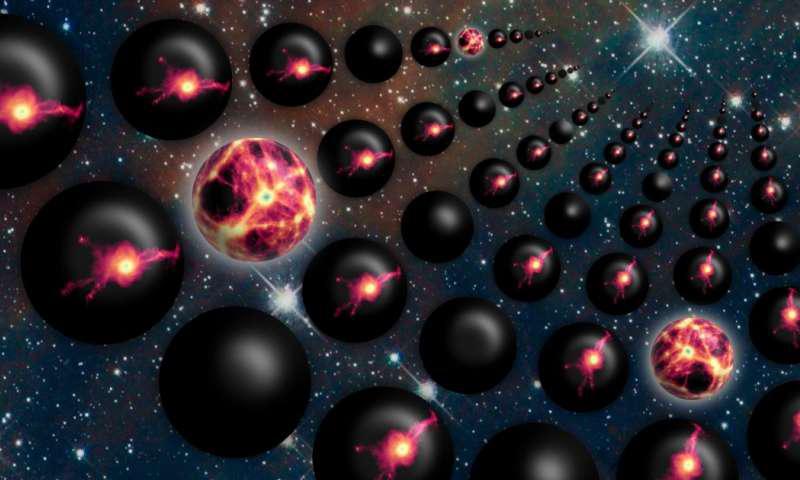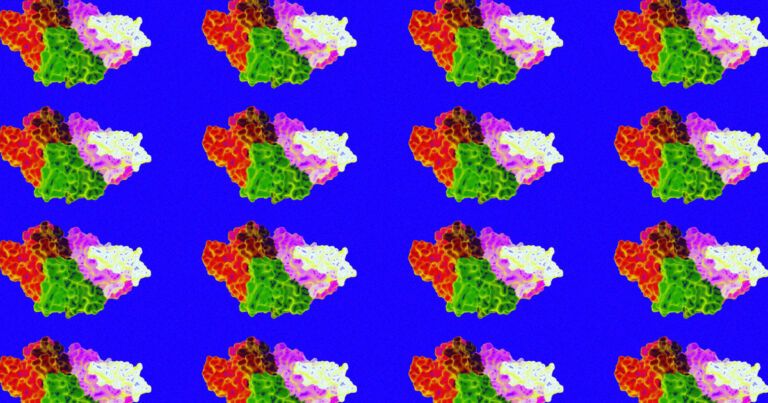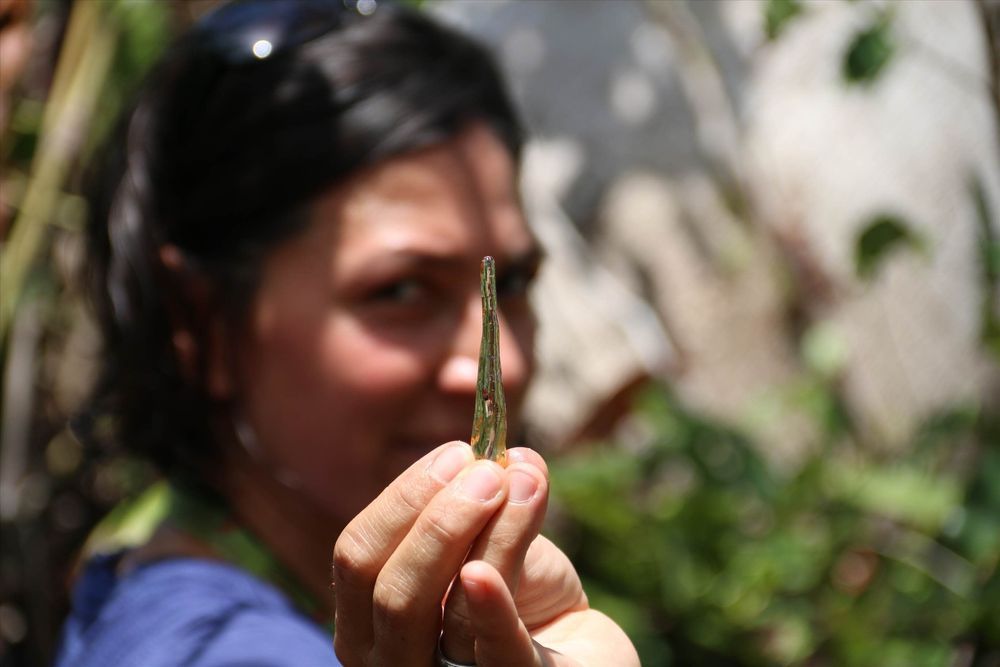Electric bicycles have had the best year since ever, so for the average Joe and Jane, it might be somewhat difficult to come across an e-bike that is truly, instantly memorable. Reevo is one of those e-bikes.
Get the latest international news and world events from around the world.


Why disordered light-harvesting systems produce ordered outcomes
Scientists typically prefer to work with ordered systems. However, a diverse team of physicists and biophysicists from the University of Groningen found that individual light-harvesting nanotubes with disordered molecular structures still transport light energy in the same way. By combining spectroscopy, molecular dynamics simulations and theoretical physics, they discovered how disorder at the molecular level is effectively averaged out at the microscopic scale. The results were published on 28 September in the Journal of the American Chemical Society.
The double-walled light-harvesting nanotubes self-assemble from molecular building blocks. They are inspired by the multi-walled tubular antenna network of photosynthetic bacteria found in nature. The nanotubes absorb and transport light energy, although it was not entirely clear how. “The nanotubes have similar sizes but they are all different at the molecular level with the molecules arranged in a disordered way,” explains Maxim Pshenichnikov, Professor of Ultrafast Spectroscopy at the University of Groningen.

Blue Origin to fill wetlands for rocket test site
Amazon CEO Jeff Bezos’ space venture plans to fill in more than 10 acres of wetlands for a rocket manufacturing testing facility south of the Kennedy Space Center Visitor Complex and west of Space Commerce Way.
Blue Origin Florida LLC has applied for a permit from the U.S. Army Corps of Engineers to place fill in 10.32 acres of wetlands, with “secondary impacts” to 7.45 acres of wetlands to build the facility, according to the permit public notice.
The public has until Oct. 13 to comment on the permit application.

Amazon introduces ability to pay with your hands
Instead of using a credit card or smartphone to pay for your goods, Amazon wants you to use your hands.
In a blog post, the company unveiled its own palm recognition technology, known as Amazon One. The technology, first rolling out in Amazon’s home market of Seattle, will use people’s palms to identify them and combine that with details of the palm, such as lines and ridges, to build a “palm signature.”
“In most retail environments, Amazon One could become an alternate payment or loyalty card option with a device at the checkout counter next to a traditional point of sale system,” Dilip Kumar, vice president, Amazon Physical Retail, wrote in the post. “Or, for entering a location like a stadium or badging into work, Amazon One could be part of an existing entry point to make accessing the location quicker and easier.”

The Newest Picture of Jupiter and Europa Captured by Hubble
Hubble has released new images of Jupiter as part of OPAL: Outer Planets Atmospheres Legacy program. New storms are forming on the gas giant.
The venerable Hubble Space Telescope has given us another gorgeous picture of Jupiter and its moon Europa. The incredibly sharp image was captured on August 25th, and shows some of the stunning detail in Jupiter’s stormy atmosphere. Hidden in all that stormy activity is something new: a bright white storm plume travelling at about 560 km/h (350 MP/h).
Jupiter was 653 million km (406 million mi) away from Earth when the image was taken. The image is part of OPAL, the Outer Planet Atmospheres Legacy program. Each year, Hubble images the entire planet to watch for changes in the atmosphere and in the storm activity.
The Great Red Spot (GRS) is prominent in this image, just as it’s been prominent in every image of Jupiter for about 200 years. A storm was seen on Jupiter prior to that, but scientists aren’t certain it was the same storm. If it was, then the GRS has been around even longer.

New Genetic Systems Created by Biologists to Neutralize Gene Drives
Two active genetics strategies help address concerns about gene-drive releases into the wild.
In the past decade, researchers have engineered an array of new tools that control the balance of genetic inheritance. Based on CRISPR technology, such gene drives are poised to move from the laboratory into the wild where they are being engineered to suppress devastating diseases such as mosquito-borne malaria, dengue, Zika, chikungunya, yellow fever and West Nile. Gene drives carry the power to immunize mosquitoes against malarial parasites, or act as genetic insecticides that reduce mosquito populations.
Although the newest gene drives have been proven to spread efficiently as designed in laboratory settings, concerns have been raised regarding the safety of releasing such systems into wild populations. Questions have emerged about the predictability and controllability of gene drives and whether, once let loose, they can be recalled in the field if they spread beyond their intended application region.


Scientists Create Enzyme That Devours Plastic at Incredible Speed
All Hands
The new enzyme can make its way through plastic six times faster than the previous plastic-devouring enzyme developed by members of the same team, according to research published Monday in the journal PNAS.
“We were actually quite surprised it worked so well,” McGeehan told CNN, though he added that the enzyme is “still way too slow” to be helpful at any meaningful scale.

Researchers extract DNA from insects embedded in resin
For the first time, Senckenberg scientist Mónica Solórzano-Kraemer, together with lead authors David Peris and Kathrin Janssen of the University of Bonn and additional colleagues from Spain and Norway, successfully extracted genetic material from insects that were embedded in six- and two-year-old resin samples. DNA—in particular, DNA from extinct animals—is an important tool in the identification of species. In the future, the researchers plan to use their new methods on older resin inclusions, as well. The study was published today in the scientific journal PLOS ONE.
The idea of extracting DNA from resin-embedded organisms inevitably invokes memories of the blockbuster “Jurassic Park.”
“However, we have no intention of raising dinosaurs,” says Dr. Mónica Solórzano-Kraemer of the Senckenberg Research Institute and Natural History Museum. “Rather, our current study is a structured attempt to determine how long the DNA of insects enclosed in resinous materials can be preserved.”